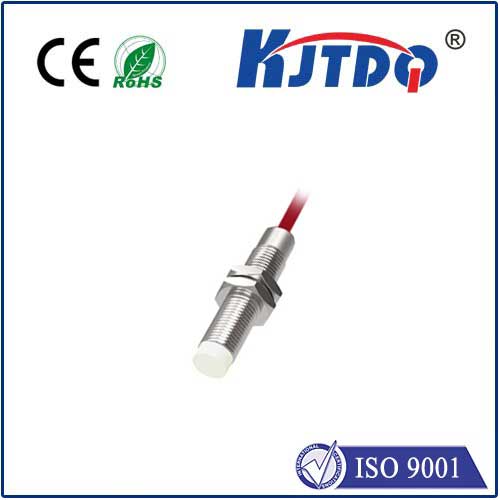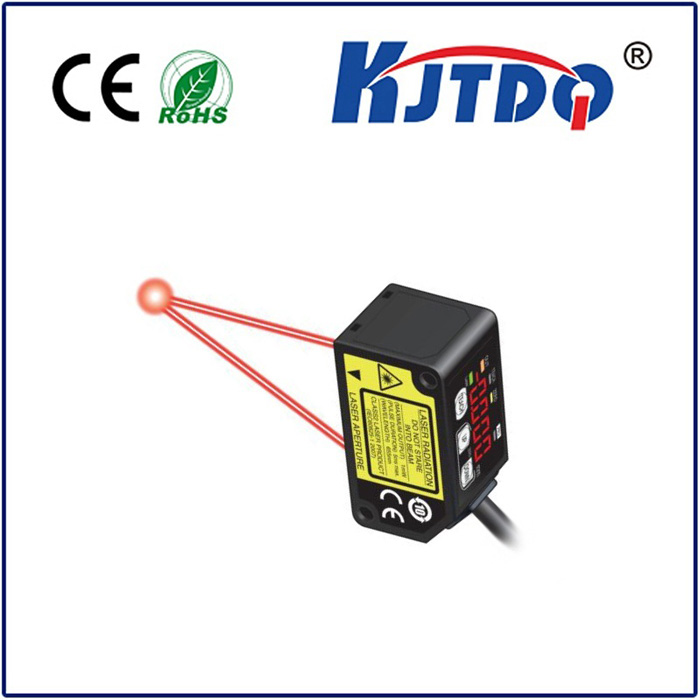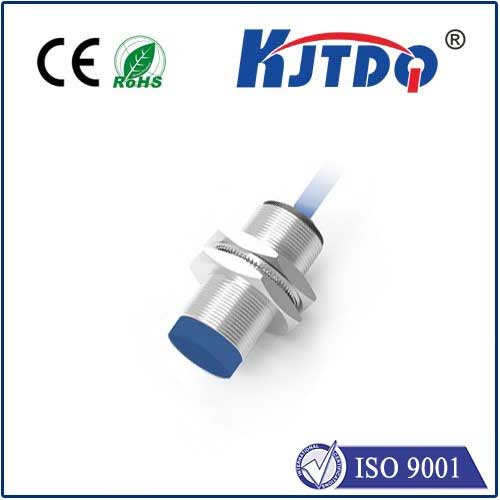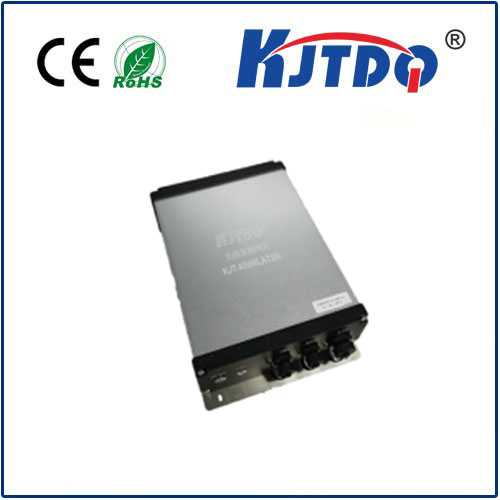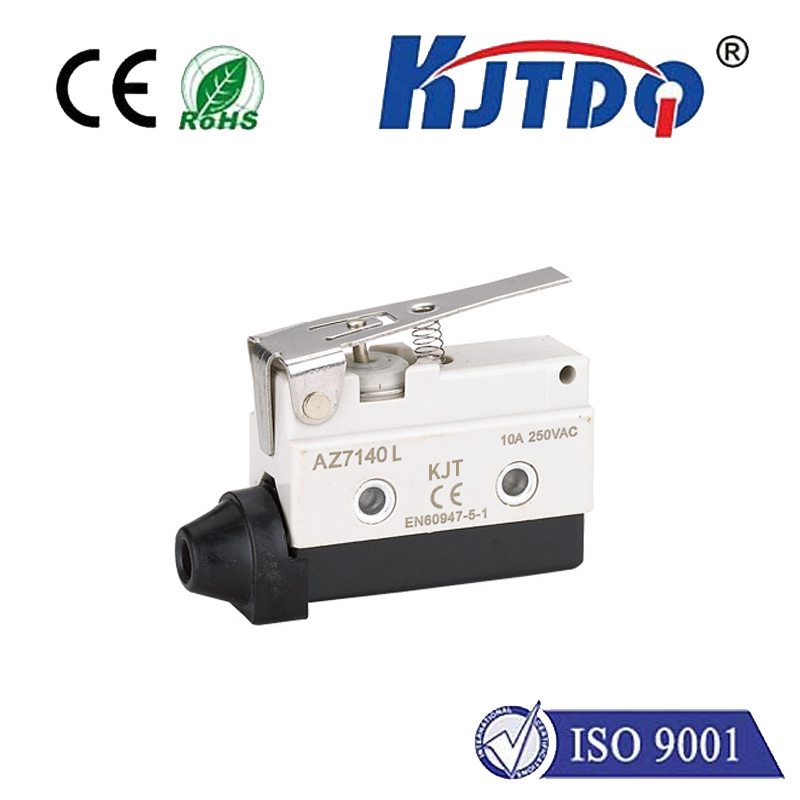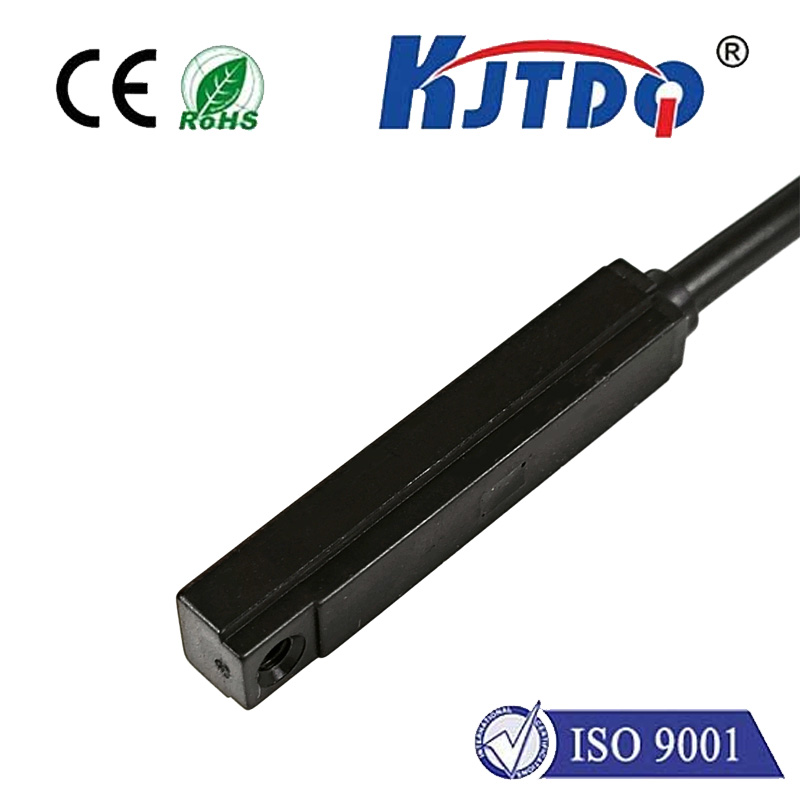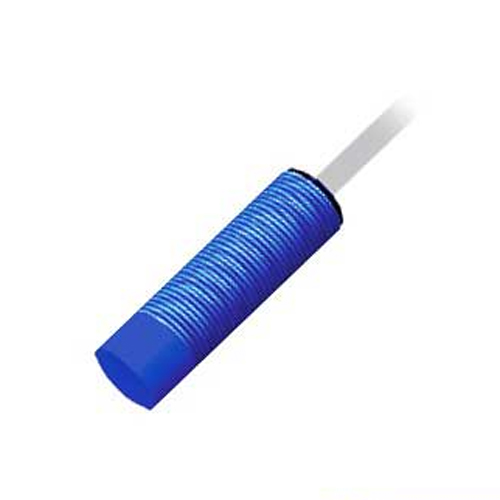

check

check

check

check
Among the ranging technologies of photoelectric sensors,
Time of Flight (ToF) stands as a revolutionary method that calculates distance by "measuring the round-trip time of light pulses."
It functions like an "optical stopwatch," using the speed of light as a ruler to convert microscopic time differences into macroscopic distance values.
I. The Underlying Logic of ToF
The core concept of ToF stems from a simple observation: the speed of light in a vacuum is constant.
When a sensor emits a short pulse of light and measures the time difference between its emission and reception,
the target distance can be calculated using the formula: (speed of light×time)/2.
ToF achieves distance perception by measuring the time difference of light signals traveling to and from a target,
while laser sensors leverage the high directivity and monochromaticity of lasers for precise ranging.
The integration of these two technologies has given rise to ToF laser sensors,
which have emerged as a core technology in the field of intelligent sensing.
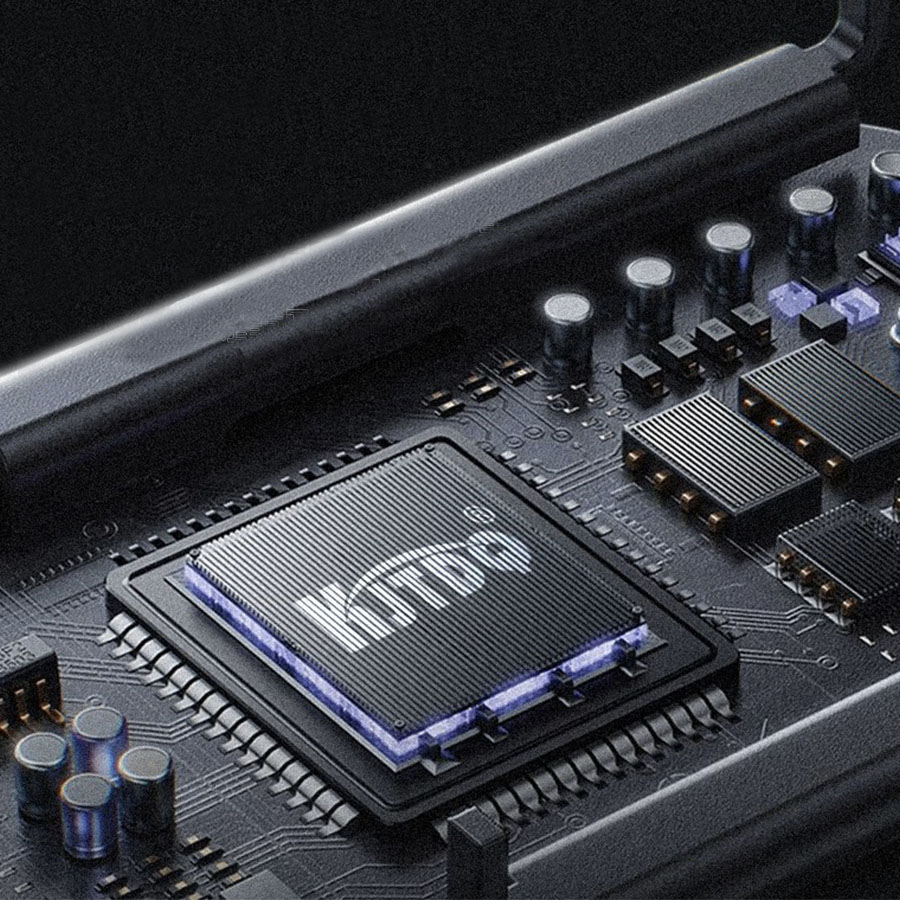
II. Core Advantages of ToF Laser Sensors Over Traditional Ranging Methods
Non-contact measurement:
Avoids physical damage to targets or sensors.
High precision and stability:
Combines the high directivity of lasers with the temporal resolution of ToF to achieve micrometer-to-millimeter-level ranging accuracy,
maintaining stable output even in dynamic environments.
Anti-interference capability:
Suppresses ambient light interference through modulated light signals,
ensuring reliable operation under complex conditions such as strong light, dust, rain, and fog.
Long-distance and wide coverage:
Detection range can extend up to 50 meters,
making it suitable for large-scale scene monitoring in applications like warehousing, logistics, and autonomous driving.
Low power consumption and real-time performance:
Integrated design of laser emission and reception modules supports millisecond-level response and low-energy operation,
adapting to mobile devices and industrial real-time control.
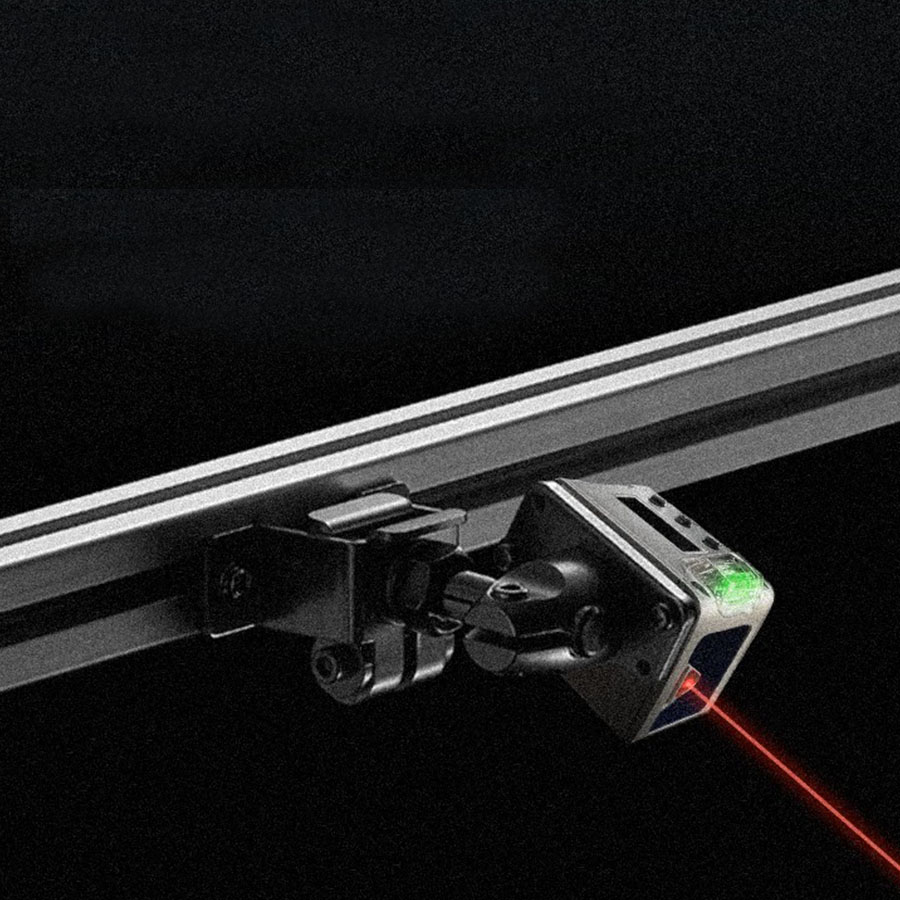
III. Industrial Application Scenarios
Industrial Automation:
Enables non-contact positioning and dimensional inspection to improve assembly accuracy and efficiency.
Supports real-time monitoring of equipment spacing or personnel intrusion to trigger emergency braking.
Intelligent Transportation:
Constructs 3D environmental models around vehicles to assist with obstacle recognition and path planning.
Monitors road obstacles or traffic flow to optimize traffic light control.
Smart Cities:
Scans structural deformations of bridges and buildings to warn of potential safety hazards.
Builds perimeter protection networks to identify unauthorized intrusions.
Epilogue: ToF – Light's Flight, Future's Insight
From lunar distances to smartphone proximity, ToF reimagines spatial perception through light's flight.
As photon chips and quantum sources advance,
ToF sensors evolve into compact, energy-efficient tools, expanding into nanoscale detection and terrestrial sensing.
In our interconnected era,
ToF transcends mere measurement –it decodes spatial intelligence, empowering machines to interpret environments and unlocking human potential through light.

